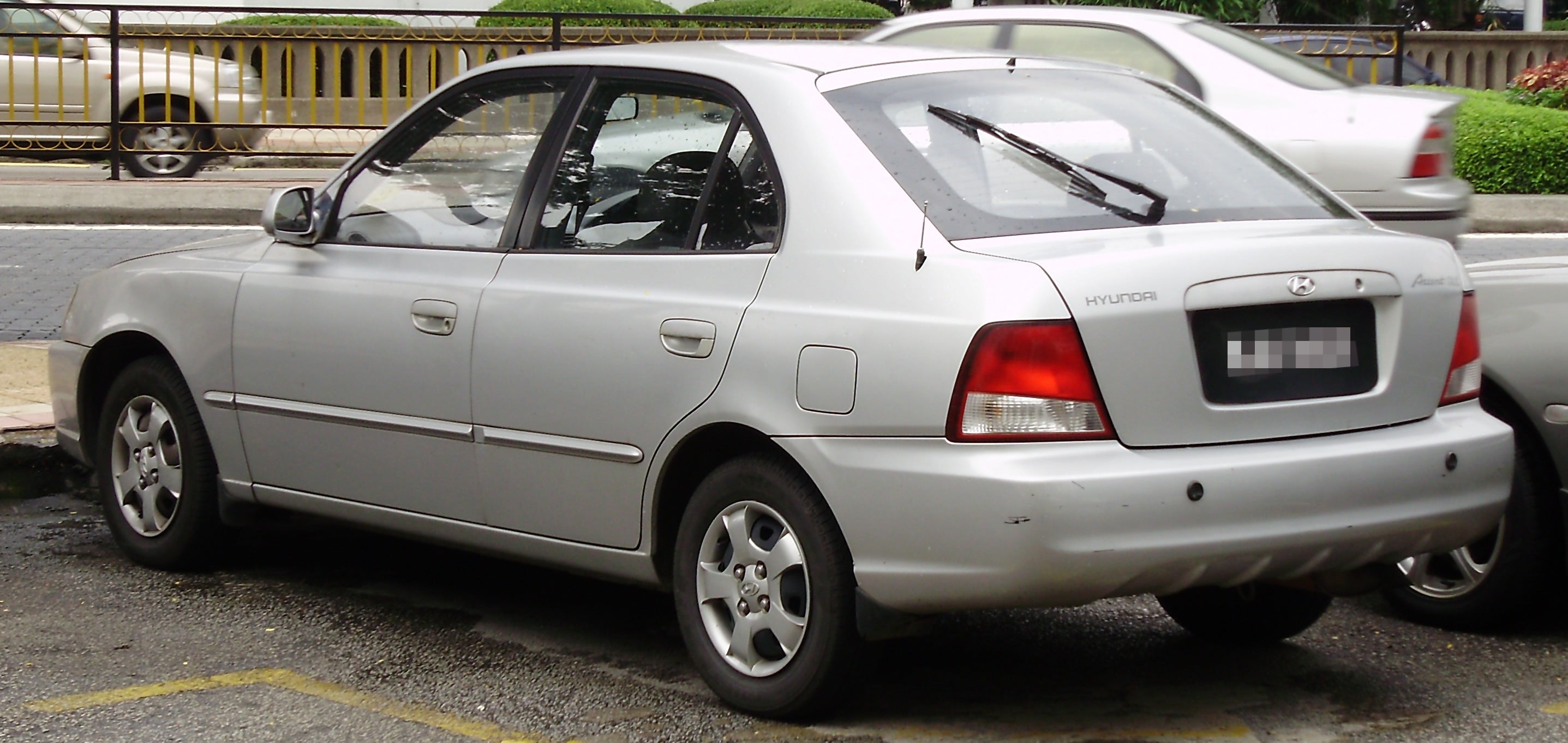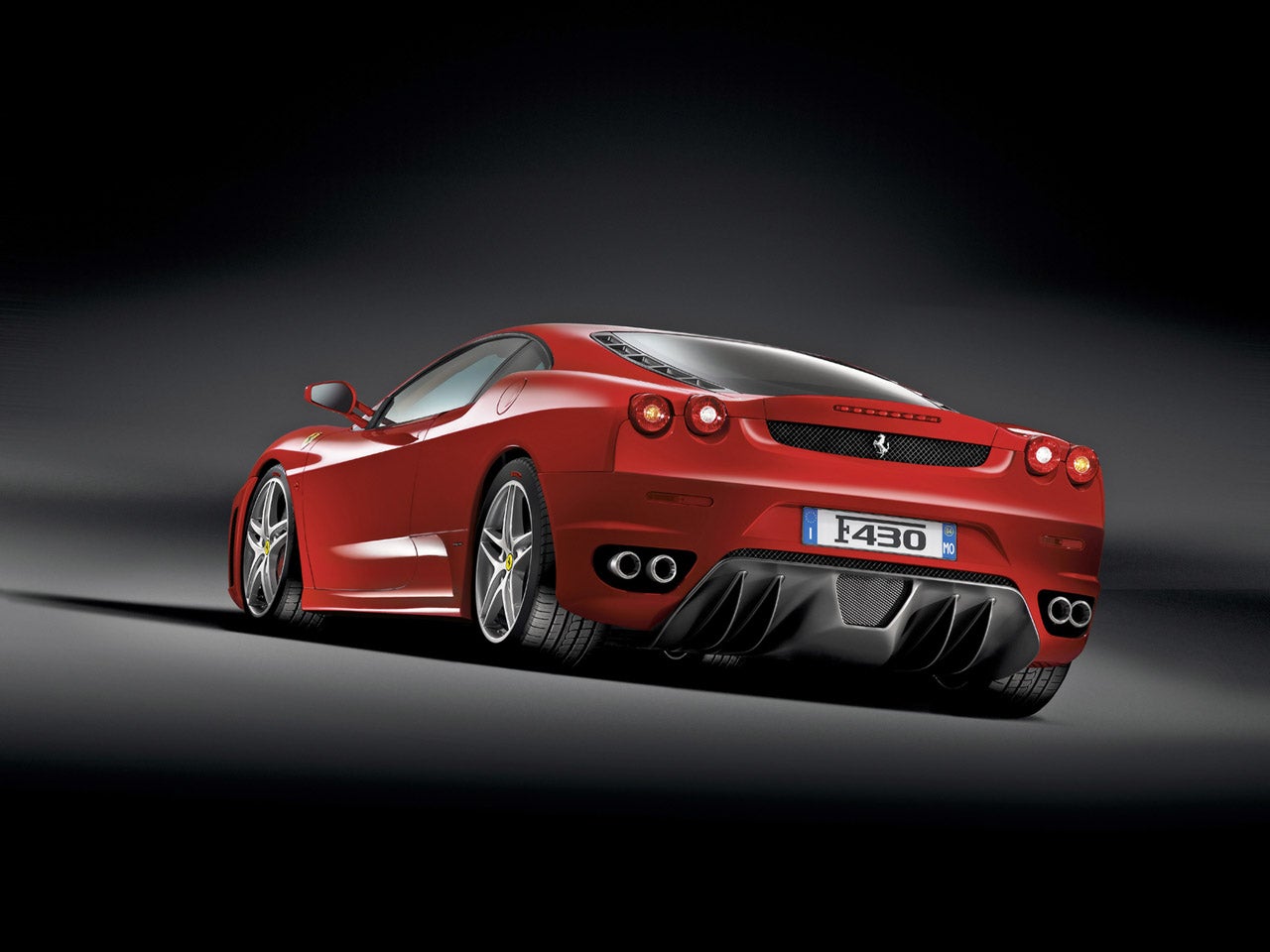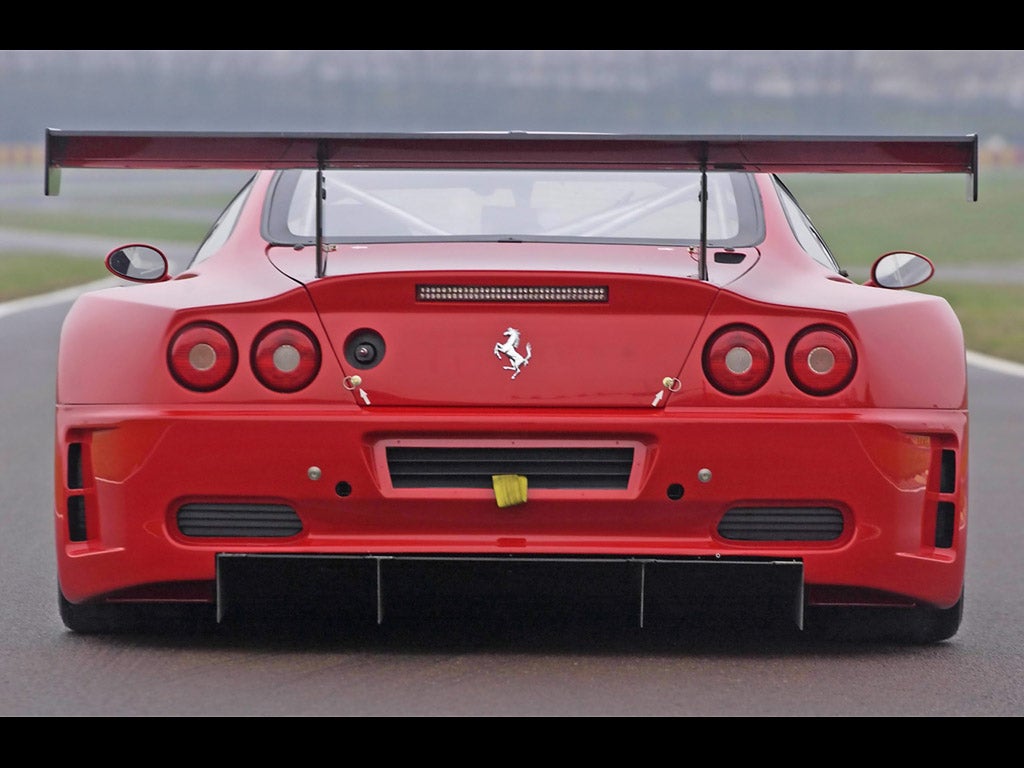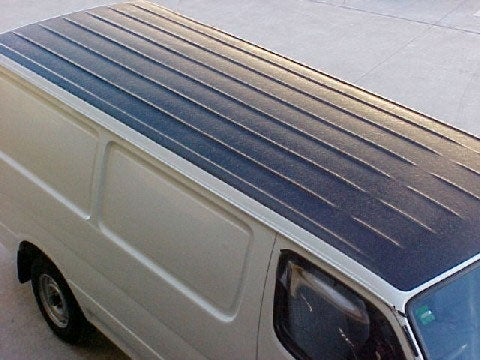 "BJ" (benjamin-bignell)
"BJ" (benjamin-bignell)
08/06/2013 at 22:14 • Filed to: budget cars, aerodynamics, rear diffuser
 1
1
 6
6
 "BJ" (benjamin-bignell)
"BJ" (benjamin-bignell)
08/06/2013 at 22:14 • Filed to: budget cars, aerodynamics, rear diffuser |  1 1
|  6 6 |
Something I noticed the other day - an older model Hyundai Accent with some sort of rear diffuser (or perhpas, an attempt at a rear diffuser) molded into the rear bumper.

I've noticed a few other budget cars with this (some trims levels of the recent Kia Forte Koup, for example), and it got me wondering " why? ". Does it make a significant difference in aerodynamics, and therefore fuel consumption? And if so, why are most of our cars' rear bumpers just smooth and featureless? Or is it really just for the sporty look?
Oh, and to counter the strong sedative effect of that 4-door Hyundai, here's an F430's butt to get your blood pumping again:

 dogisbadob
> BJ
dogisbadob
> BJ
08/06/2013 at 22:20 |
|
Too bad we never got the 4-door hatchback in that generation Accent, which means no rear wiper for the 4-door :(
 scoob
> BJ
scoob
> BJ
08/06/2013 at 22:21 |
|
I don't think any old Hyundai had any sort of science involved.
I kid, I kid, but I really don't know.
And here is a 575 GTC's butt, just because.

 .jdb.
> BJ
.jdb.
> BJ
08/06/2013 at 22:23 |
|
Maybe it's to strengthen it, like corrugation in cardboard?
Maybe it's made of cardboard?
 BJ
> .jdb.
BJ
> .jdb.
08/06/2013 at 22:25 |
|
LOL
Thanks for the laugh!
 beardsbynelly - Rikerbeard
> dogisbadob
beardsbynelly - Rikerbeard
> dogisbadob
08/06/2013 at 22:30 |
|
don't feel too bad, my ex owned one and it was woefully flexible
 lonestranger
> .jdb.
lonestranger
> .jdb.
08/06/2013 at 22:49 |
|
I know you're joking, but I think you're actually right.
Yes, its main function is styling. But, it is also there to lend strength. Especially in sheet metal (which this isn't, it's a plastic bumper cover, but anyway) LOTS of bends and creases that we see as merely styling are there out of necessity. Just to take the above Accent, for instance. That full-length body line a few inches below the glass, the recessed area that "holds" the door rub strips, and even the flattened arches about an inch around the wheel openings? All of them add rigidity. Even if it's an econobox where handling isn't a big requirement, you still need to ensure that the car won't buckle under its own weight. To reference other vehicles, the most obvious would be vans & SUVs. Have a look at the roof. One big, huge, otherwise flat sheet of steel. They're all ribbed to add strength, usually front-to-rear so as not to disturb aerodynamics.

No, the fake diffuser ribs aren't serving any aerodynamic purpose here, nor does a plastic bumper cover serve any structural purpose, and they do try to mimic the styling of performance cars. But I'd bet that in this particular application, they help keep the bumper cover from sagging in the sun and/or flapping in the wind.